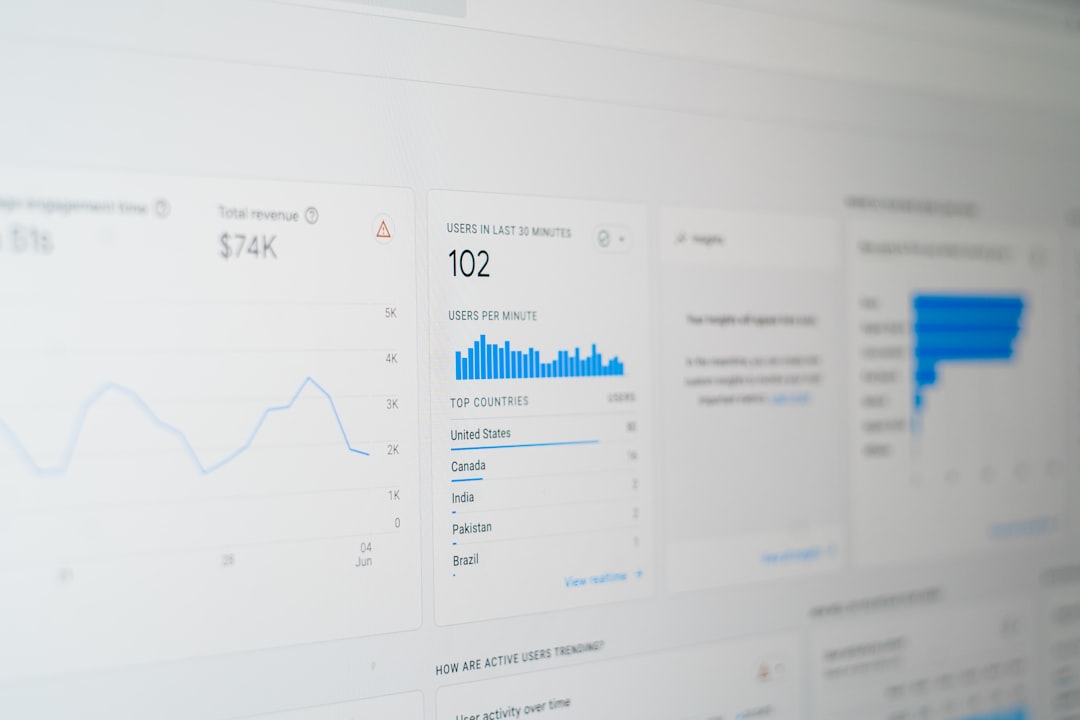In an age where cybersecurity threats are advancing at a relentless pace, organizations are turning to smarter tools to bolster their defenses. One of the most sought-after technologies today is Managed Endpoint Detection and Response (EDR). But integrating it seamlessly with a company’s existing security stack is essential to maximize its effectiveness and reduce complexity.
Managed EDR provides 24/7 monitoring, threat hunting, and incident response, all tailored to endpoints—those crucial access points like laptops, desktops, and mobile devices. But how does it actually fit in with other security technologies already in place? That’s what we’ll explore in this article.
The Role of Managed EDR in the Security Ecosystem
Think of managed EDR as the vigilant guard at the edge of your network. It’s smart, adaptive, and constantly learning from behaviors to detect suspicious activity. When integrated properly, it complements rather than competes with existing security technologies, creating a robust, layered defense strategy often referred to as defense in depth.

Key Integration Points
Here’s how managed EDR typically interacts with your current cybersecurity infrastructure:
- Security Information and Event Management (SIEM) Systems: Managed EDR tools send alerts and telemetry data to SIEM platforms, enriching logs with deeper context. This helps security teams correlate data across systems for more accurate threat detection.
- Firewalls and Intrusion Prevention Systems (IPS): While firewalls and IPS manage network-layer threats, EDR focuses on endpoint behavior. When integrated, threat intelligence can be shared between the endpoint and the network perimeter, allowing quicker isolation and mitigation.
- Endpoint Protection Platforms (EPP): Traditional antivirus or EPP solutions prevent known threats, whereas EDR excels at identifying unknown or zero-day threats. Combining both offers a proactive and reactive balance.
- Identity and Access Management (IAM): EDR solutions can leverage IAM data to better understand which user is associated with what device and access pattern. This user-device linkage enhances behavior-based threat detection.
Communication and Data Sharing
One of the primary benefits of integrating managed EDR with existing tools is the increased visibility through data sharing. Modern managed EDR platforms use APIs and built-in connectors to easily exchange information with other systems. This means that:
- Threat intelligence can be centralized and shared across tools.
- Incident response becomes faster and more coordinated.
- Analysts can create cross-platform dashboards for full visibility into the threat landscape.
Security Orchestration, Automation and Response (SOAR)
One area where managed EDR truly shines is in synergy with SOAR platforms. When a suspicious file or process is detected, the EDR tool can trigger automated actions—like isolating the endpoint, escalating the alert, or launching a forensic analysis—all without human intervention.

This level of orchestration reduces what’s often called “alert fatigue,” giving security teams the mental space to focus on strategic threats rather than wading through hundreds of alerts daily.
Scalability and Cloud Integration
As organizations migrate to the cloud and embrace hybrid work models, managed EDR solutions must also integrate with cloud-native technologies like Microsoft Defender for Endpoint, AWS GuardDuty, or Google Chronicle. Cloud APIs facilitate rapid deployment and real-time telemetry, ensuring that no endpoint—no matter where it is—is left unprotected.
Operational Benefits
The integration of managed EDR doesn’t just improve security—it boosts operational efficiency. Organizations can benefit from:
- Reduced response times through automated workflows.
- Lower total cost of ownership by consolidating security tools and services.
- Improved compliance readiness with detailed reporting and audit logs.
Conclusion
Integrating managed EDR into your existing security ecosystem isn’t just a smart move—it’s a necessary one in today’s complex threat environment. By working in tandem with firewalls, SIEMs, EPPs, IAM systems, and SOAR platforms, managed EDR represents both a shield and a sword in your defense strategy.
In a world where attackers are constantly evolving, organizations must evolve too. With managed EDR integrated into your cybersecurity strategy, you’re not just defending your endpoints—you’re empowering your entire digital infrastructure.
